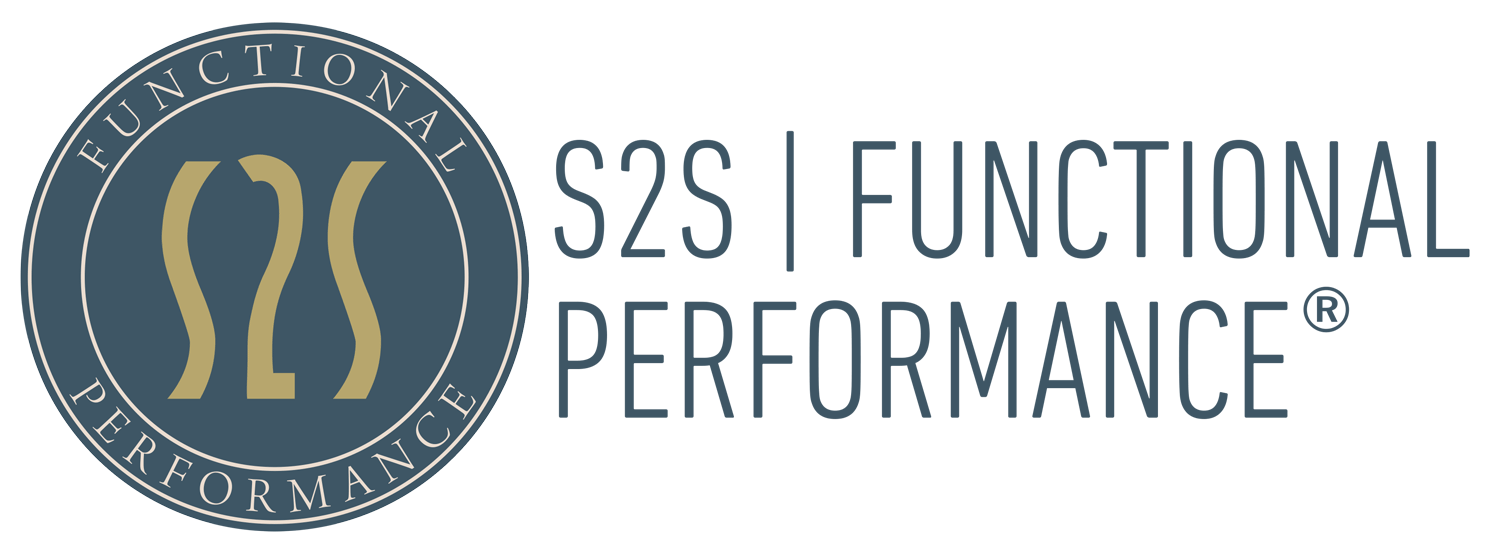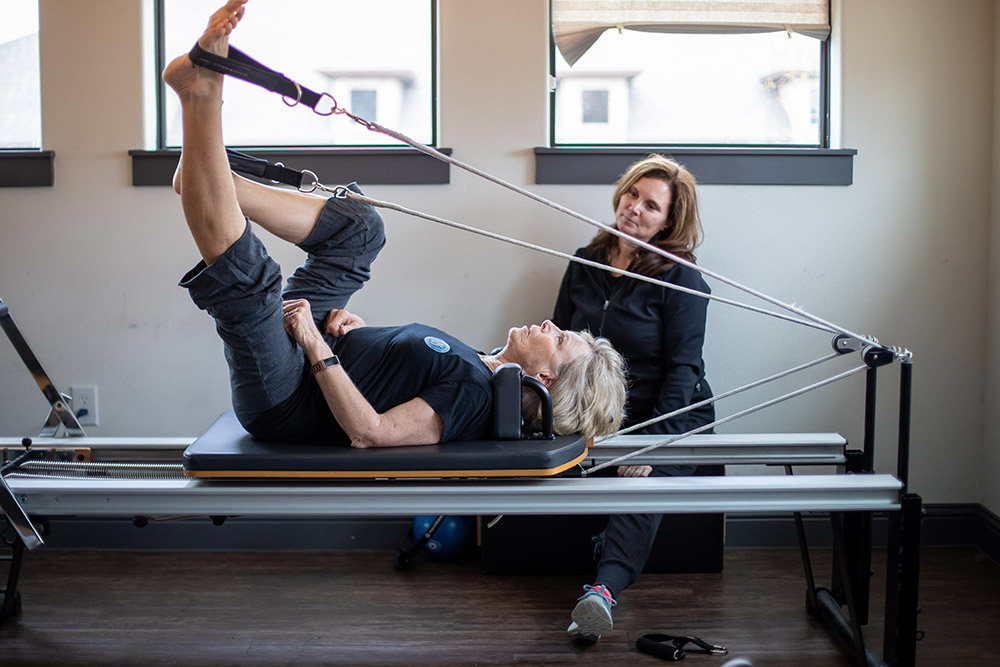Back pain is one of the most common reasons people seek medical advice or physical therapy. Whether it’s from long hours at a desk, old sports injuries, or stress-related tension, many people are looking for effective, long-term relief. One increasingly popular option is Pilates. But can Pilates actually help with back pain, or is it just another trendy workout?
What Is Pilates and How Does It Help with Back Pain?
Pilates is a low-impact exercise method that focuses on strengthening the core, improving posture, and increasing body awareness through controlled, precise movement. It’s often recommended for back pain because of its emphasis on spinal alignment, core stabilization, and muscle balance.
While some fitness routines, even some “trendy” pilates methods, prioritize intensity and repetition, Pilates SHOULD offer a mindful, low-impact approach that supports the spine, promotes flexibility, and helps retrain core control—key elements in managing and preventing back pain.
4 Ways Pilates Supports Back Pain Relief
1. Strengthens Deep Core Muscles
Pilates targets the deep stabilizing muscles of the core, those surrounding the spine, pelvis, and abdomen. Strengthening these muscles improves spinal support, which can relieve pressure on the lower back and reduce chronic pain.
2. Improves Postural Alignment
Poor posture, especially from prolonged sitting, often contributes to back pain. Pilates trains the body to hold better posture during both stillness and movement, which helps decrease strain on the spine.
3. Increases Mobility Without High Impact
Many back pain sufferers are limited in the types of exercises they can safely perform. Pilates improves joint and spinal mobility with slow, controlled, low-impact movements, which is ideal for those who want relief without added strain.
4. Builds Body Awareness
Pilates teaches you to move with control and to notice how your spine feels during each exercise. This awareness helps you avoid movement patterns that may aggravate your pain and fosters a more mindful, stable approach to movement.
What the Research Says About Pilates for Back Pain
Studies support the use of Pilates for people with chronic lower back pain. A 2021 review published in the Journal of Bodywork and Movement Therapies found that Pilates significantly reduced pain and disability in individuals with chronic back pain when compared to no intervention. Another study in Clinical Rehabilitation showed that Pilates improved functional mobility and pain levels more effectively than general exercise in similar populations.
While Pilates is not a replacement for physical therapy in severe cases, it is a powerful complement to clinical treatment or a maintenance routine once formal therapy ends.
What to Expect in a Pilates Class for Back Pain
If you’re considering Pilates for back pain, look for a beginner-level class or one labeled as therapeutic or restorative. Certified instructors familiar with working with individuals who experience pain can provide modifications and help you learn the movements correctly.
A typical back-friendly Pilates session may include:
- Breathing exercises to engage the deep core
- An instructor who can help you learn the difference between a pelvic tilt and a neutral spine– and which position is more appropriate for you.
- Gentle bridging to activate the glutes and support spinal stability
- Cat-cow or spinal articulation sequences
- Leg movements that challenge the core while keeping the spine supported
How Long Does It Take for Pilates to Help Back Pain?
How long does it take for Pilates to help back pain? This is one of the most common questions asked by people considering Pilates for pain relief. While the timeline can vary depending on the individual, many people begin to notice improvements in posture, mobility, and core engagement within 4 to 6 weeks of consistent practice, usually attending 2 to 3 classes per week. Relationships and consistency are key when it comes to achieving effective results.
Relief may come sooner if the exercises are tailored to your needs and performed under the guidance of a knowledgeable instructor. However, long-term results and sustained back pain reduction generally come from consistent participation over several months. The key is sticking with the practice and progressing at a pace that allows your muscles and movement patterns to adapt without aggravating your symptoms.
Pilates as a Long-Term Solution for Back Pain
Pilates offers a structured, supportive approach to managing and reducing back pain. By strengthening the core, improving posture, and increasing body awareness, it addresses many of the underlying causes of chronic discomfort. Research supports its benefits, and its low-impact format makes it accessible to a wide range of individuals, even those who may be limited in other forms of exercise.
Therefore, make this a lifestyle! You would not brush your teeth 3x and then expect lifelong results. For anyone experiencing back pain and looking for a sustainable, movement-based solution, Pilates is worth exploring. With guidance from a qualified instructor and a commitment to consistency, Pilates can play a key role in your recovery and long-term spinal health.

